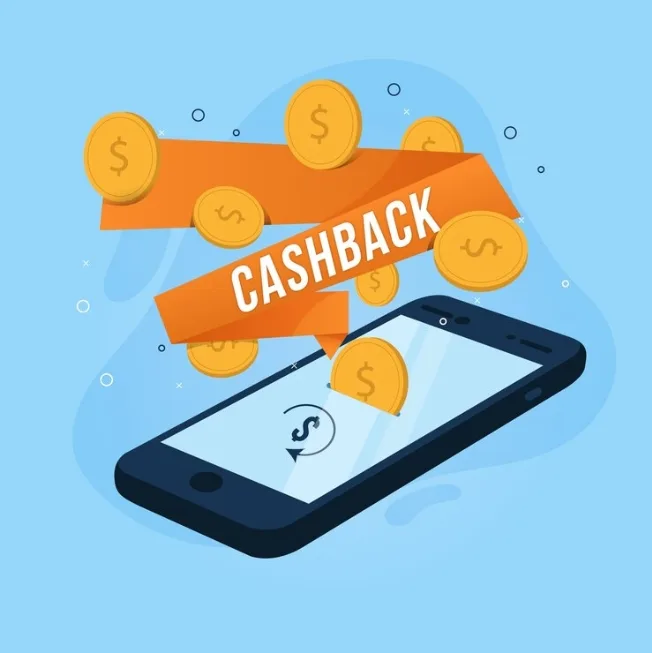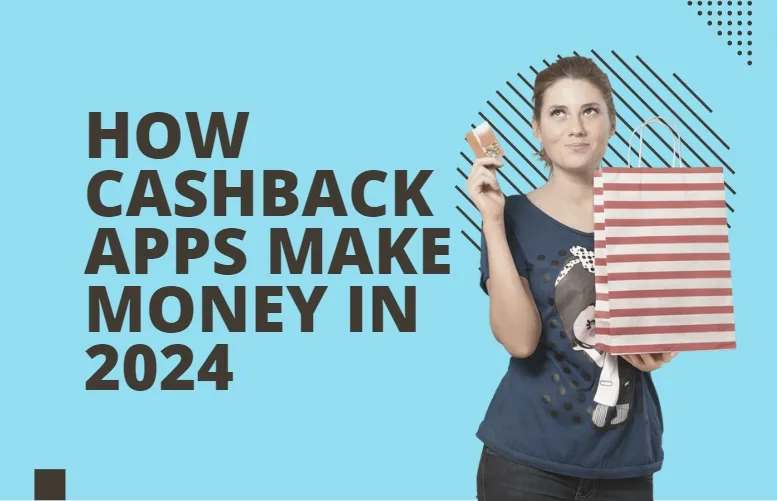In the ever-evolving world of personal finance, cashback apps have become a ubiquitous tool for savvy consumers looking to stretch their hard-earned dollars. These platforms have revolutionized the way we shop, offering enticing rebates and rewards that seem almost too good to be true. But have you ever wondered how these seemingly altruistic apps actually make money? As we step into 2024, the landscape of cashback apps is poised to undergo significant transformations, offering new insights into their revenue-generating strategies.
Understanding The Cashback App Business Model
Cashback apps operate on a simple premise: they incentivize users to make purchases through their platforms by offering a percentage of the transaction amount back as a rebate. This seemingly straightforward model, however, conceals a complex web of partnerships, data monetization, and strategic alliances that fuel the profitability of these apps.
Revenue Streams for How Cashback Apps Make Money in 2024:
- Merchant Commissions:
One of the primary revenue sources for how cashback apps make money in 2024 is the commissions they receive from merchant partners. When users make purchases through the app, the merchant pays a percentage of the transaction value to the cashback platform as a referral fee. This commission-based model aligns the interests of the app, the merchant, and the consumer, as all parties benefit from the increased sales and customer engagement. - Data Monetization:
In the digital age, data has become a valuable commodity, and cashback apps are well-positioned to capitalize on this trend. By collecting and analyzing user purchase data, these platforms can offer valuable insights to merchants, advertisers, and even financial institutions. In 2024, the monetization of user data is expected to become an increasingly significant revenue stream for cashback apps, as they leverage their trove of consumer behavior insights to generate targeted advertising and marketing opportunities. Imagine a scenario where a cashback app tracks a user’s spending habits and then sells that data to a credit card company, which can then offer personalized financial products and services to that user. - Subscription-Based Models:
Some cashback apps have adopted a subscription-based model, where users pay a monthly or annual fee to access enhanced features, exclusive offers, or higher cashback rates. This revenue stream not only provides a stable and predictable income source for the app but also incentivizes users to remain loyal and engaged with the platform, contributing to how cashback apps make money in 2024. - Affiliate Marketing:
Cashback apps often partner with affiliate marketing networks, earning a commission when users click on or make purchases through the app’s affiliate links. As the affiliate marketing industry continues to evolve in 2024, cashback apps are poised to capitalize on this revenue stream by diversifying their partnerships and optimizing their affiliate marketing strategies. A common example would be a cashback app earning a commission when a user clicks on a link to a travel booking site and makes a reservation. - Premium Features and Services:
In 2024, we may see cashback apps offering premium features and services for a fee. These could include personalized financial advice, investment management tools, or even access to exclusive deals and discounts. By providing value-added services, cashback apps can generate additional revenue streams while enhancing the overall user experience. Imagine a cashback app offering a premium subscription that includes access to a team of financial advisors who can provide personalized guidance on budgeting, debt management, and investment strategies.

Navigating the Pros & Cons:
While cashback apps offer undeniable benefits to consumers, it’s essential to understand the potential pros and cons of these platforms.Pros:
Pros:
- Savings and Rebates: Cashback apps allow users to earn a percentage of their purchases back, effectively reducing the overall cost of their transactions. This can be particularly beneficial for frequent shoppers or those with limited budgets.
- Convenience: These apps streamline the shopping and rebate process, making it easier for consumers to save money on their everyday purchases. Users can simply link their credit or debit cards to the app and earn cashback automatically.
- Personalized Offers: Cashback apps can leverage user data to provide personalized recommendations and targeted offers, enhancing the user experience and increasing the likelihood of making additional purchases.
Cons:
- Data Privacy Concerns: The collection and monetization of user data by cashback apps may raise privacy concerns for some consumers, who may be wary of sharing their personal and financial information.
- Potential for Overspending: The allure of cashback rewards may tempt users to make unnecessary purchases, leading to unintended financial consequences and potentially undermining their overall savings goals.
- Complexity of Redemption: The process of redeeming cashback rewards can sometimes be convoluted, frustrating users who expect a seamless experience. This can lead to a sense of disappointment and disillusionment with the platform.
Actionable Advice and Conclusion:
As we move into 2024, the cashback app landscape is poised to evolve, offering new opportunities and challenges for consumers to understand how these apps make money. To maximize the benefits of these platforms, consider the following actionable advice:
- Understand the app’s revenue model and data practices to make informed decisions about your participation. This will help you identify apps that align with your values and financial goals, and understand how they generate revenue.
- Prioritize cashback apps that offer transparent and user-friendly redemption processes, ensuring that you can easily access and utilize your earned rewards, which is crucial for how these apps make money.
- Develop a disciplined approach to your spending, using cashback as a tool to supplement your overall financial strategy, rather than as a justification for impulse purchases, which can impact how cashback apps make money.
- Explore premium features and services that align with your financial goals and provide tangible value, such as personalized financial advice or investment management tools, as these can be additional revenue streams for how cashback apps make money in 2024.
By staying informed and adopting a strategic mindset, you can harness the power of cashback apps to enhance your financial well-being in 2024 and beyond. Remember, the key to success lies in understanding how these platforms generate revenue and aligning their offerings with your personal finance objectives.
Remember, the next time you use a cashback app, you’re not just saving money—you’re participating in a sophisticated ecosystem that benefits both you and the companies involved. So shop smart, earn rewards, and enjoy the perks of modern technology!

